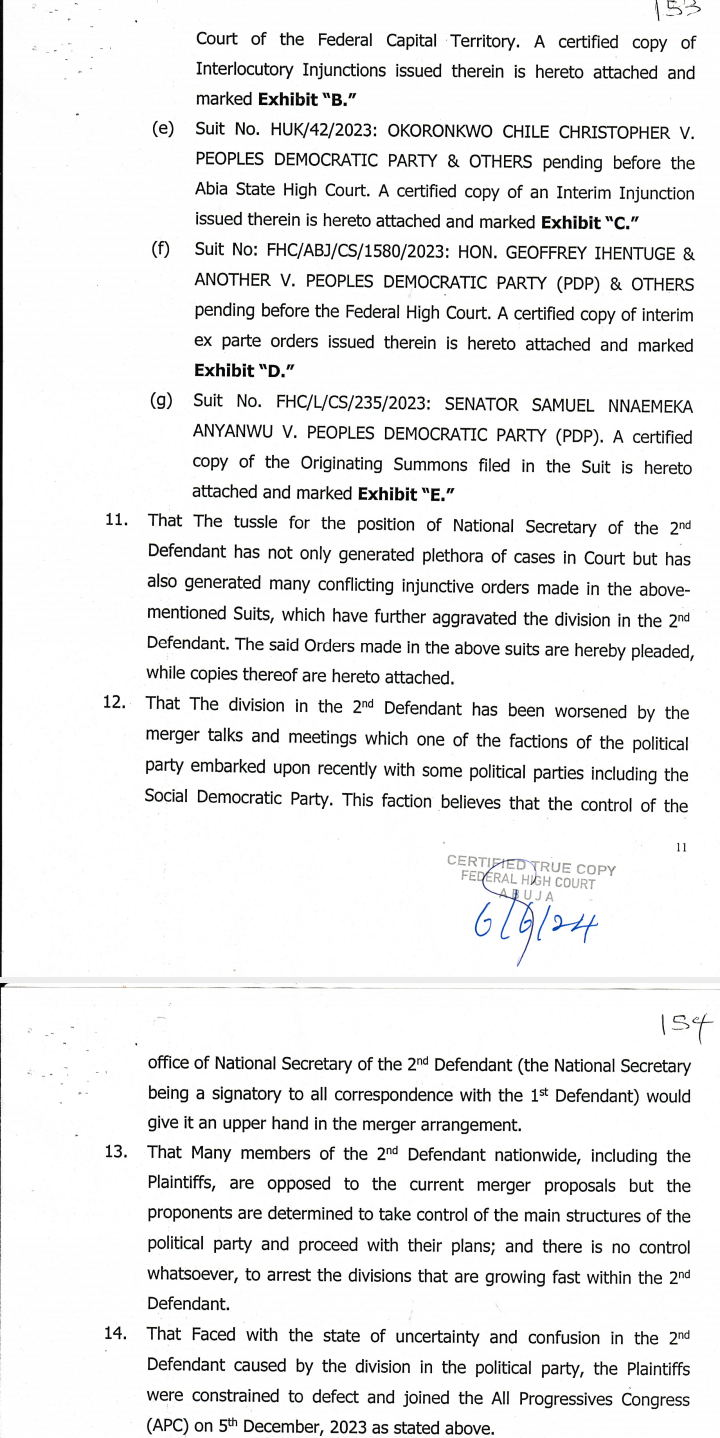3 Great Benefits to Hybrid Project Management in Digital Marketing Projects
3 Great Benefits to Hybrid Project Management in Digital Marketing Projects
It didn’t seem too long ago that in the world of project management you needed to pick a side: Waterfall or Agile. It’s no wonder that digital marketing project managers felt a bit alienated with this level of rigidity. Luckily, times have changed for the better and a more flexible approach is the norm. Welcome to the era of hybrid project management in digital marketing.
First, let’s cover what Waterfall and Agile mean in project delivery.
What is Waterfall?
- Requirements tend to be more well-defined at the beginning of the project, which also means that the overall expected budget is more likely to be known.
- Having defined requirements means that the overall project plan and schedule can be developed up front, and we are in the best position to be able to answer the question “when will this go live?”
- The next phases of the project are then “waterfall.” After the requirements are completed and approved, the project team begins building. Also in the execution phase of the project, the team will then test what is built and provide stakeholders an opportunity to complete User Acceptance Testing. Once all issues found in testing are resolved, the team is ready to deploy or launch the end product.
What is Agile?
- Project deliverables are more loosely defined, and planning surrounds user stories vs developing a complete set of requirements.
- It’s harder to define a timeline at the start of the project because the requirements are not all defined up front. The development timeline is broken into defined sprints (for example, every two weeks), with deliverables being determined by how much can be accomplished within that time frame.
- Agile requires more commitment from client stakeholders to be a part of the review cycle and feedback loop, so that each release is met based on each user story
Hybrid project management is somewhere in between. The great thing about Hybrid project management is that it allows you to blend the aspects from both that make the most sense to your project.
Here are some aspects that make project management of digital marketing projects a blend of both:
- When getting started with us, clients generally have some idea of what they are hiring us to help them with. In order to get started with diving deeper into the requirements, we’ll need to have some contracted hours in place. This initial pass at developing the project scope starts out with more of a waterfall methodology. What are the deliverables? How long will it take? What is our investment?
- As requirements are more tightly defined, we may uncover additional requirements that will increase scope. These sorts of changes are typically managed through change orders in waterfall projects, if the new requirements will result in a change to the budget or timeline. If you have an environment that demands continuous improvement, it will be best to build in more flexibility into your scope and budget so that you can support more frequent changes that are built into the project framework.
- Things may become more iterative as they progress. As prototypes are developed and as you’re gathering input from more stakeholders, there may be enhancement requests, which will impact timeline and budget.
Here are three great benefits of hybrid project management.
Benefits of a blended approach:
- It allows you to commit to a defined set of deliverables within a specified time frame. Additional scope and iterations can be handled in future phases of the project.
- It allows for some predictability when working towards a defined set of deliverables and timelines within your traditional waterfall style project plan.
- It allows for flexibility and increased velocity to evolve as the team dynamics develop and more priorities and requirements are surfaced.
Regardless of your next project type, when working with Relationship One you will be assigned a knowledgeable project manager to keep things on track. Find out how we can best support you, contact us today!
Share This Story, Choose Your Platform!
Thank you for subscribing!
Subscribe to our Thought Leadership Today

